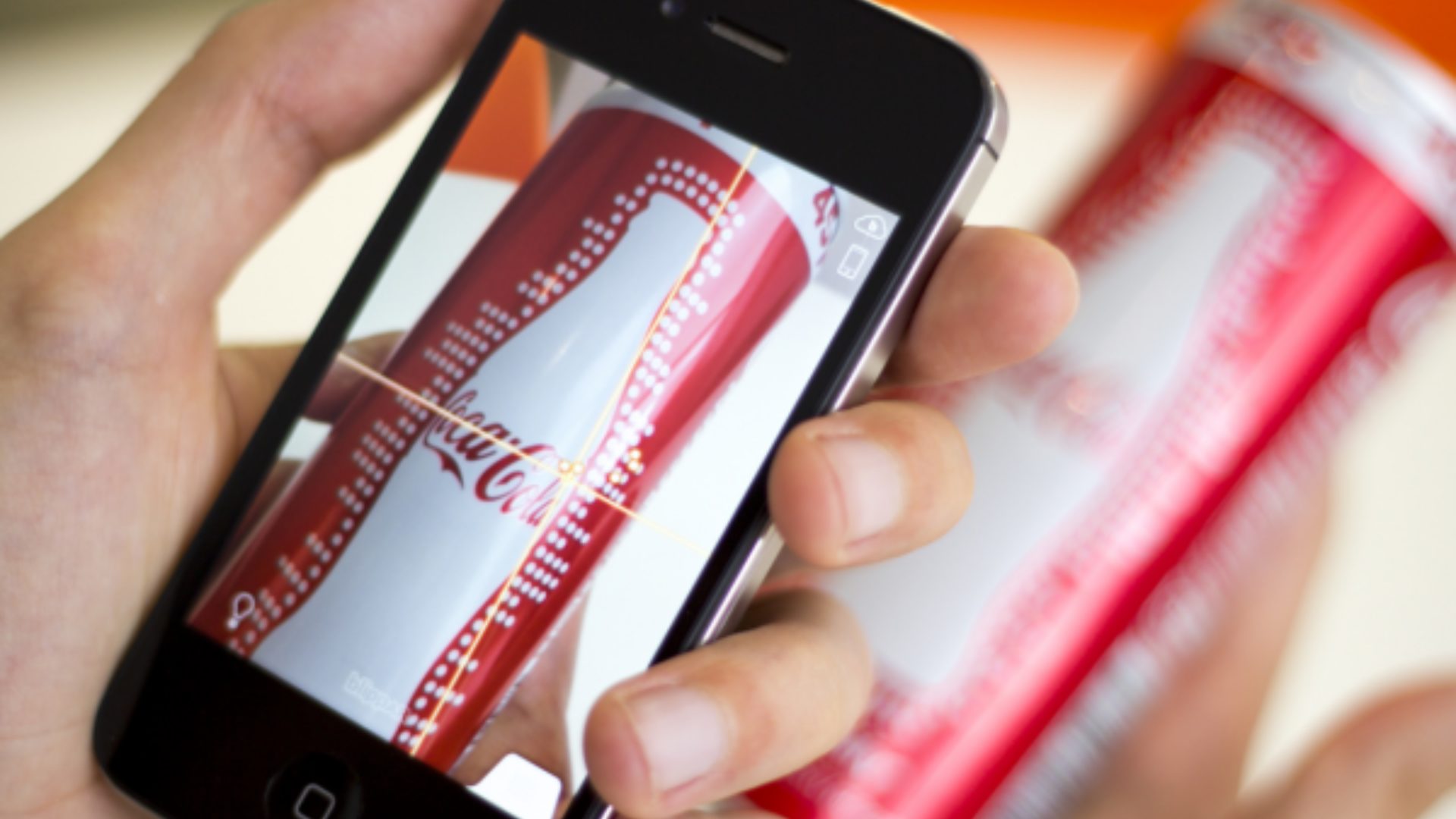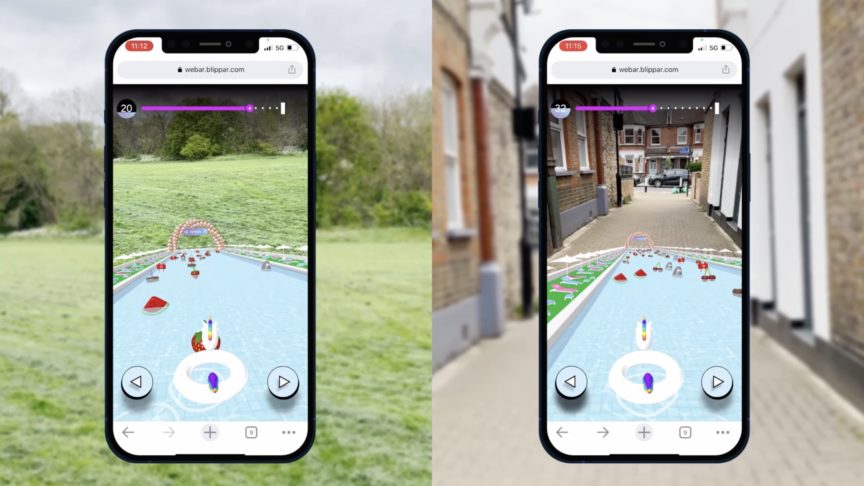Products are the new domain names: Why search online if you can blipp?
October 27, 2014
Products are the new domain names: Why search online if you can blipp?

Lisa Hu, Blippar’s US VP, spoke with Brand Channel about how Blippar enables brands to engage with and track the behaviour of their consumers, what’s next for the augmented reality space, and the unstoppable rise of wearables. Read the full article here.
How are brands using Blippar's technology in innovative ways?
Every blipp is unique to its brand, so beauty companies like Olay can use Blippar to offer interactive makeup tutorials, while Jaguar can use our image-recognition technology on Google Glass to let consumers virtually drive their latest car. Visual discovery platforms such as ours turn products into triggers for interactive digital experiences: products are the new domain names.

What are some of the best practices that have emerged?
Invest in your content. Design interactions that truly resonate with your target audience and accurately reflect your brand. Educate the consumer: begin with a strong CTA (call-to-action), ideally somewhere near the blippable marker, to catch eyes and prompt experience activation – it’s your chance to tell your audience your collateral is interactive – otherwise how will they know? Providing more interactive touchpoints - from point of sale and billboards to products themselves - is a multi-pronged approach that will drive far greater engagement and increase your campaign’s efficacy.

In what context is blipping most effective: media or packaging?
There are over 1.5bn blippable products globally. We cover all mediums. Rather than narrowing Blippar's capabilities to one area of focus, we take a different perspective: if a campaign is executed correctly, it can prove effective across any medium.
Each day people interact with thousands of pieces of information. Blippar adds another layer of engagement to all these touchpoints, enabling brands to interact with their audiences at multiple stages throughout the day. Someone might blipp their cereal box over breakfast, an advertisement in their morning newspaper, a billboard poster at their bus stop, a menu over lunch, a beer bottle in the pub, the book they’re reading at night, and so on. We’re still only in the early days of these possibilities.

How do you measure consumer engagement?
Blippar delivers detailed metrics on how users engage. Our clients’ personalised, real-time analytics dashboards contain campaign statistics such as number of interactions, dwell time, where or when users blipped, number of shares, and more.
Moreover, we can gauge which features get most interactions, giving brands invaluable insight into how audiences engage with products and thus helping them make more informed choices about future communications strategies.

What's next for augmented reality?
Years after Blippar was ideated in a London pub, we're still finding exciting new ways to reinvent ourunique technology. We're working to bring the myriad objects we interact with every day to life, and we envision a world where nearly every physical touch point is blippable. Recently, we've expanded into healthcare and education, and are looking forward to finding even more ways to deliver genuine value to consumers through our technology.
We’re also working with wearable technologies including Google Glass, and we recently updated our self-service platform Blippbuilder, currently used by adidas, Condé Nast and Time Inc. to create their own AR experiences.

